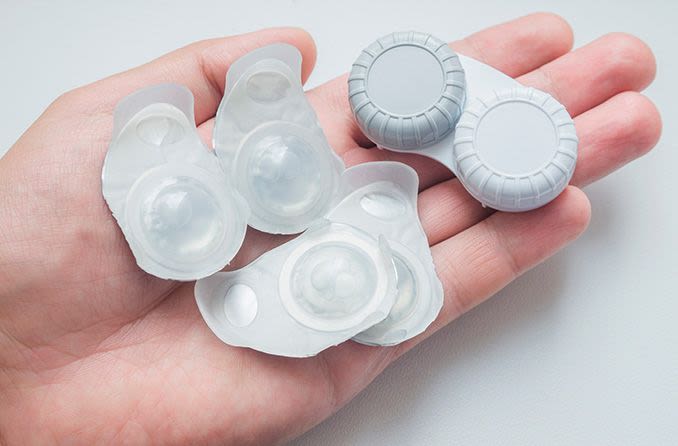
Recycle your contact lenses
Share
Contact lenses are non-biodegradable and are often constructed of plastics such as hydrogel, silicone hydrogel, or non-hydrogel forms. Because of their tiny size and the limits of local authority collections, it is feasible to recover and recycle contact lenses and portions of the packaging, but it is typically not a viable alternative.
You probably think of wasted straws when you think about plastic pollution. As well as water bottles. Bags, too. Some people are also focused on something small products that millions of us use on a daily basis. When contact lenses are incorrectly disposed, they most likely produce contaminated microplastics.

Users can return old lenses, blister packs, and top foils to participating optical shop. Alternatively, you may send a year's worth through mail with a free delivery label. Drop off worn contact lenses and blister packs at a recycling station when you see your vision professional or at a participating optical shop in your region for the most efficient and eco-friendly method. If you don't have a recycling drop-off facility nearby, store up approximately a year's worth of contact lenses to mail.

What is recyclable?
- Blister packets made of plastic (without the foil lids)
- Solution bottles
- Cardboard wrapping

What does it not make sense to recycle?
- Contact lenses
- The blister packets have a foil cover.
Wearing contact lenses is a highly individual decision. There are a few of choices if you're concerned about contact lens waste. You can wear contact lens that don't need to be replaced as regularly, or you could try wearing glasses more frequently. Of course, you may recycle contact lenses and packaging. Finally, do what works best for you.
To purchase contact lenses, you can order online through shop.malayaoptical.com or if you just nearby Petaling Jaya area you can drop by to our shop at Malaya Optical Optometrist
